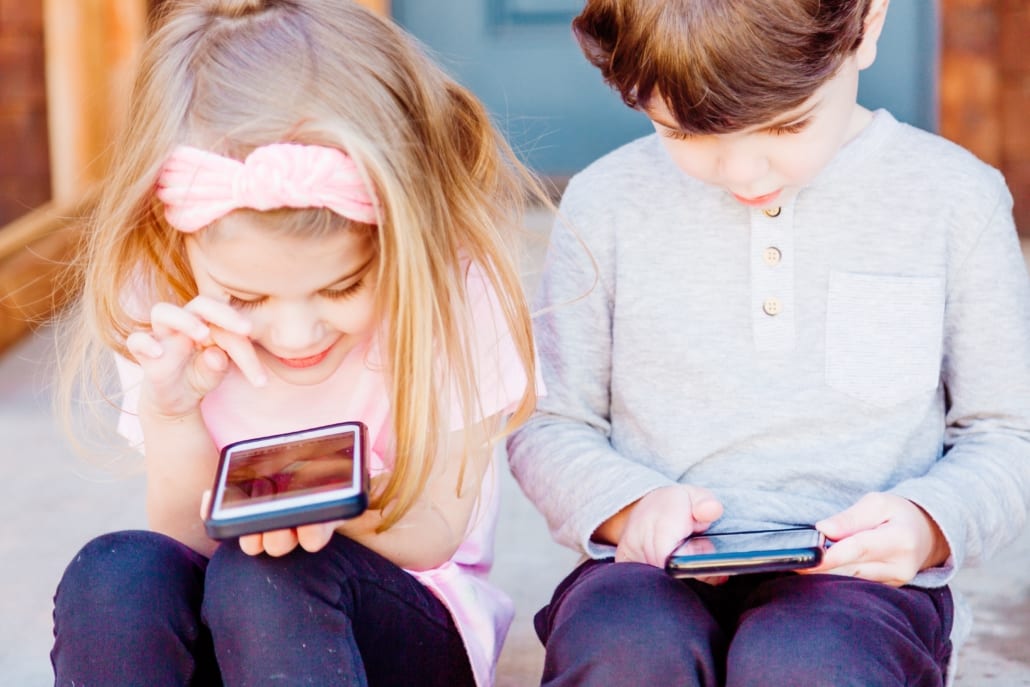
Stephanie’s cell phone was trapped inside the kiosk, and IMPD took a report. “I took my friend’s phone and started calling my phone and you could hear it ringing in the kiosk,” said Stephanie, “So we knew it was there.” Inside that grocery store was a kiosk operated by ecoATM which offers cash for cell phones. “Somebody has seen (saw) him up to the Kroger.” He was at McDonald’s getting him(self) a sandwich and a drink and stuff,” said Stephanie.

Unless you are in some high-risk occupation where such espionage jiggery-pokery has to be considered, and in such a case I'd hope you don't keep any sensitive data on your smartphone anyway, there's not a lot to see here.Police fight catalytic converter thefts by warning scrap metal buyers about new lawsįriends readily recognized the description of the suspected thief and spotted him at a Twin Aire fast food restaurant. You have to ask yourself who would want to go to the trouble of cloning your fingerprint in an attempt to access the data on your device? Remember also the attacker would then need to have physical access to the smartphone for this to work. Even if the X-Lab app and a step-by-step guide to the hardware and process were made available to the public, I wouldn't change my advice for most users, to be honest. The benefits of the technology far outweigh the risk. I am still using my fingerprint reader to help secure my smartphone, and so should you. The fingerprint problem has always been there, and most of the hacks that I have seen involve the capturing of an image of your print left behind on a glass or some such. However, despite the apparent breadth of this new methodology, and remember it is only a claim at this stage as the full technical process has not been revealed and only three smartphone models and two event fingerprint scanning machines have been seen being bypassed, I'm not suggesting anyone should panic just yet. Given that it is possible that Samsung will be implementing a larger fingerprint reader in the forthcoming Galaxy S11 to combine PINs, passwords, and fingerprints in an all-in-one multi-factor authentication solution, any news about security vulnerabilities has to be taken seriously.

While the researchers themselves suggested that to mitigate the risk all users needed to do was clean everything they have touched, this is hardly going to be readily adopted in the real-world. What should you do to mitigate the fingerprint hacking risk?


 0 kommentar(er)
0 kommentar(er)
